
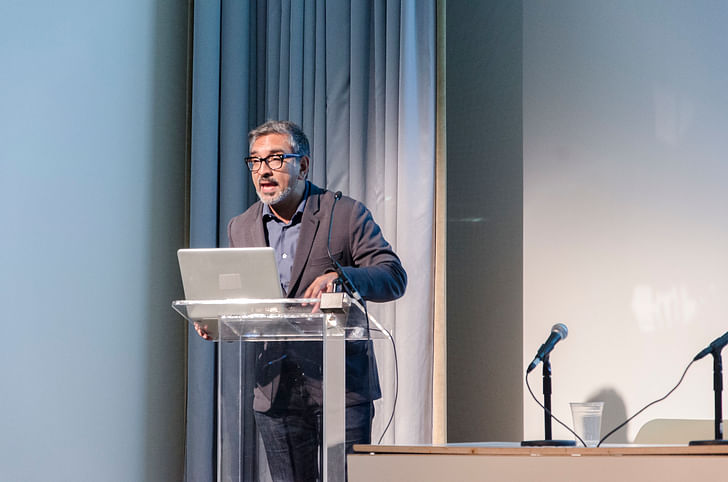
The Deans List is an interview series with the leaders of architecture schools, worldwide. The series profiles the school’s programs, pedagogical approaches, and academic goals, as defined by the dean–giving an invaluable perspective into the institution’s unique curriculum, faculty, and academic environment.
For this installment, Archinect spoke with Vishaan Chakrabarti, the founder of New York City's Practice for Architecture and Urbanism (PAU) who was recently selected as the incoming dean for the College of Environmental Design at the University of California, Berkeley. The school boasts a long history of nurturing multi-disciplinary approaches to improving the built environment while offering a slate of degree programs that include focuses on architecture, real estate development, urban design, and landscape architecture. As Chakrabarti prepares to assume deanship over the school in 2020, he offers a preview of what his tenure might hold, speaks out against the "false choices" embodied by recent architectural pedagogies, and lays out a vision for how young architects might balance a desire for structural change with the patience and experience required to create work with lasting positive effects.
There has been renewed debate with regards to whether schools of architecture should prepare students explicitly for professional practice or if they should instill a wider mindset—As someone who has diverse academic and professional experiences, where do you stand on this debate? How will this thinking influence your deanship at CED?
This is a false choice because mindful professional practice demands a wider mindset. To the extent that this is a renewed debate, it is because many practitioners through the course of the last several decades, particularly in the United States, shrank their roles to become mercenary service providers in response to both fears about liability and a pedagogical training that was fraught with navel gazing.
through the course of the last several decades, particularly in the United States, shrank their roles to become mercenary service providers in response to both fears about liability and a pedagogical training that was fraught with navel gazing.
By contrast, if one considers, say, the work of Team 10, their professional practice was fully engaged with the wider issues of their day; the same can be said of many current practitioners like Tatiana Bilbao, Alejandro Aravena, Balakrishna Doshi, or what we try to do at PAU. The fact that in 1959 William Wurster and Catherine Bauer fully recognized this nexus between practice and the wider world in the creation of an interdisciplinary school of architecture, planning and landscape architecture, and as a consequence intentionally named it “The College of Environmental Design,” speaks directly to this broader view that was once the historical norm. So the debate to which you refer is largely a consequence of a recent group amnesia that must be eradicated if we are to successfully tackle the planet’s most pressing problems.
What kind of students do you think would flourish at the College of Environmental Design and why?
The CED has always attracted a broad range of students from diverse racial, socioeconomic, and gender backgrounds who tend to flourish when they embrace the twin pillars of excellence and impact that undergird both the College and the University. This is why the CED was the only architecture school to which I applied in 1992; back then it was the only school that openly advocated both design excellence and social impact, an idea that has become de rigueur today, but was actively scoffed at during the irrational exuberance of Nineties, during the more-is-more, parametrics-will-solve-all architecture era. By contrast, the CED has also always been a place that attracts self-motivated students who want to think for themselves; it is a big ecosystem, and not one that lends itself to the spoon-feeding of dogma. The CED, consequently, has always asked its students to be rigorous in the leadership of their own education in order to create some of the most critical thinkers and doers in our disciplines.
CED was the only architecture school to which I applied in 1992; back then it was the only school that openly advocated both design excellence and social impact, an idea that has become de rigueur today, but was actively scoffed at during the irrational exuberance of Nineties, during the more-is-more, parametrics-will-solve-all architecture era.
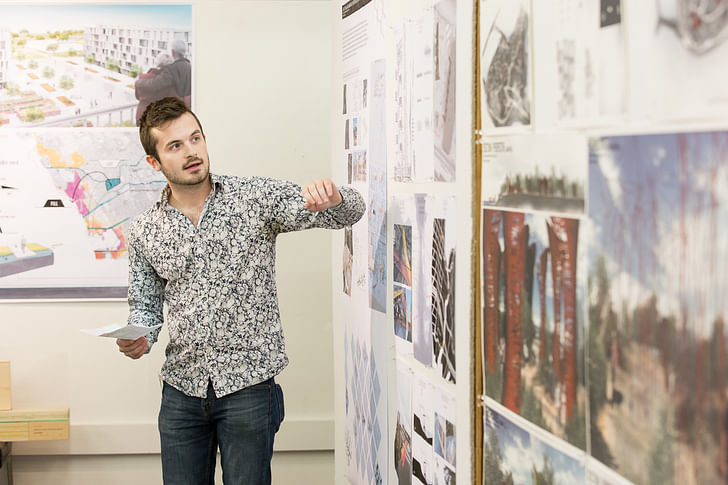
What are the biggest challenges, academically and professionally, facing students right now?
The challenges students face seem to be both personal and societal. At the personal level, the cost of education even at a flagship public educational institution like Berkeley is higher than any of us would want, leading to student debt levels that despite being lower than those at our peer private institutions, are simply too high. This, then, intertwines with the societal changes our students want to confront, because the burden of student loans may prevent them from taking on more activist roles that are often less lucrative than traditional practice (which has never been lucrative to begin with!). But beyond the critical issues of personal financial struggles, the larger lifelong struggles our students must confront are quite clear: a rampant climate crisis, gaping levels of social inequity, and accelerating technological dislocations, all of which have spatial ramifications that our students in planning, landscape, and architecture are poised to confront. That is both the daunting challenge and the galvanizing excitement of this moment: we have tough problems ahead as a world, but our community at the CED are at the front lines of the fight.
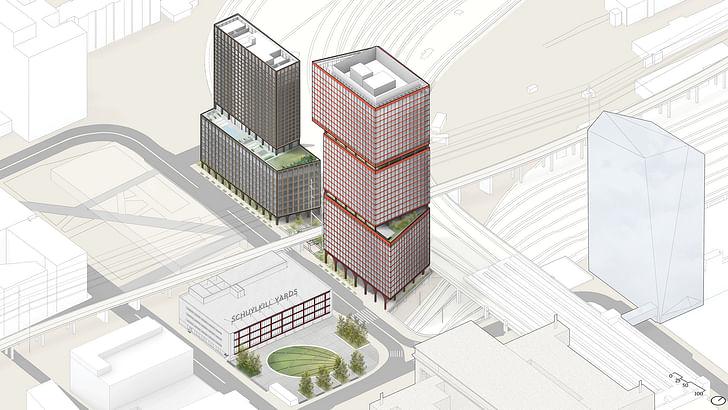
What are some of the advantages of the school’s context—being at UC Berkeley and in the San Francisco Bay Area—and how do you think they help make the programs at CED unique?
First and foremost, we are the nation’s premier public institution focused on the future of human habitation. Not only is that an awesome responsibility, but it manifests in a truly unique geography, that of the Pacific Rim. Unlike our peer institutions on the East Coast, we are free from the shackles of Euro-centricism, which is not to say immersions into Rome, Greece, and hip European biennials are without value, but the extent to which the hegemony of Europe still looms over East Coast pedagogy and faculty limits the mind to new possibilities. California has always sat in contrast to that hegemony, particularly given its relationships to all of the Pacific Rim, to Latin America and to South Asia. Consequently, the CED has an opportunity to advance new ideas outside of the pervasive and dominant culture I tend to experience “back East,” a change to which I truly look forward.
Unlike our peer institutions on the East Coast, we are free from the shackles of Euro-centricism, which is not to say immersions into Rome, Greece, and hip European biennials are without value, but the extent to which the hegemony of Europe still looms over East Coast pedagogy and faculty limits the mind to new possibilities.
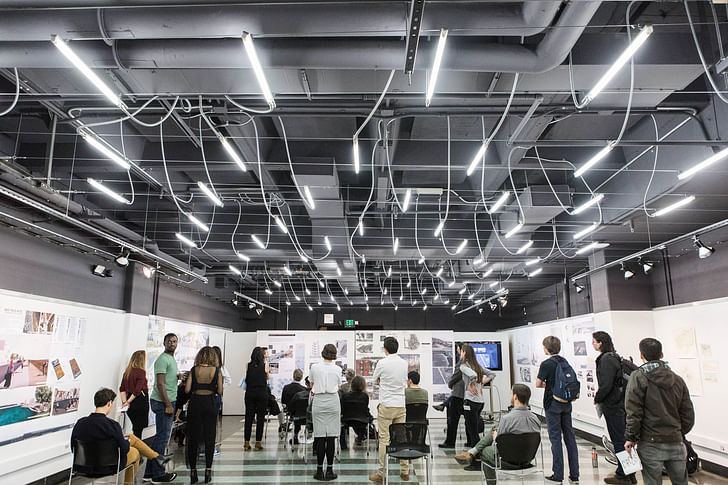
How would you like the school to have changed during your tenure?
Since the CED’s main three programs—architecture, city planning and landscape architecture—consistently rank among the top in the world, I must start with the humility of doing no harm. Berkeley prides itself on a model of shared governance that is paramount to its success, so no Dean can or should enter the CED with the thought she or he will unilaterally make wholesale changes. That said, there is much work to be done. State budget cuts have taken their toll, so fundraising for research and design excellence, for resources for our students (many of whom are first generation), for our spatial needs, and for new faculty, will be paramount. To do this effectively, my main external role will be to explain our basic narrative to the world: that given the spatial challenges of climate change, social inequity, and technological dislocation, the CED is as important to addressing the challenges of our times as law schools were during the civil and equal rights era, and as such, must raise the appropriate resources.

With your experience in the Bloomberg administration, in academia at GSAPP, and private practice at SHoP and PAU, you seem perfectly primed to consider some of the San Francisco Bay Area’s most pressing built environment concerns (housing affordability, environmental/economic resiliency, regional planning); How can CED contribute to addressing these issues?
Well before my arrival, the CED has already been addressing these issues. The Terner Center for Housing Innovation, for example, has been doing groundbreaking work. Environmental and social justice have been core pillars for the College since its inception, so I have no doubt as to the relevance we will bring as the Bay Area confronts extraordinary challenges in terms of resilience, equity, and infrastructure. One aspect where I do see opportunity is for the College generally, and for me in particular, is to help convene the region around these issues, working with SPUR and other civic organizations, to truly develop a hub for thoughtful action. The myriad professional experiences I have had have taught me that much of our inability to solve big problems—like infrastructure—is that we tend to all speak different languages...academia, government, community groups, practitioners...and if, through my experiences, I could help serve as a translator across those languages, that would build a bridge of which I would be most proud.
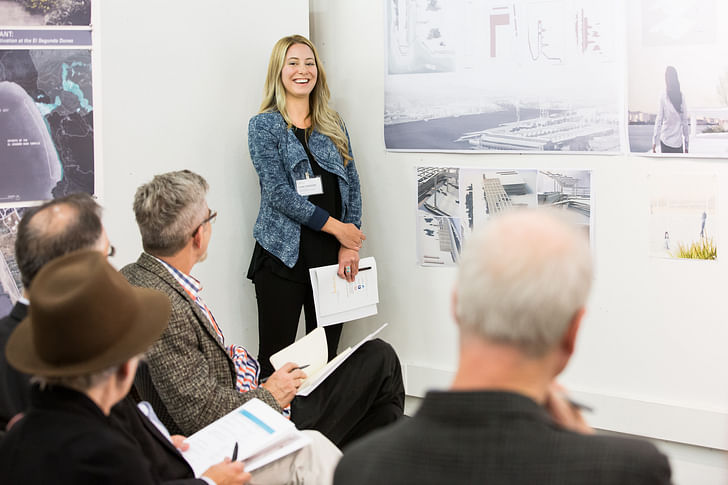
The Twentieth Century is littered with the unintended consequences of technology, from the disastrous physical impacts of cars, to the horror of nuclear weapons. I am by no means a Luddite (I love for instance, my e-bike and Apple Pencil) but I want to engage the tech sector in a manner that brings more criticality and interdisciplinary thinking to both their efforts and ours.
How do you plan on harnessing the Bay Area’s technology industry connections to propel architectural/urban design forward?
Carefully.
I say this because while I am thrilled by the prowess of the Bay Area’s tech sector, I am also cautious about the history of technological panaceas, a caution driven by some of my own past work with technology giants. The Twentieth Century is littered with the unintended consequences of technology, from the disastrous physical impacts of cars, to the horror of nuclear weapons. I am by no means a Luddite (I love for instance, my e-bike and Apple Pencil) but I want to engage the tech sector in a manner that brings more criticality and interdisciplinary thinking to both their efforts and ours. For example, my TED talk spoke directly to this issue by imploring technologists to more directly focus their innovation on known human needs rather than asking humans to bend to the exigencies of their often random innovations. There are rich conversations and debates to be had around this, and I look forward to hosting them at CED.
A recent report states that many buildings at UC Berkeley, including Wurster Hall, are rated as being a “serious risk to life” in the event of an earthquake—What is the plan for addressing these inadequacies?
The University has done extensive work in this regard, so I refer you to the central administration in terms of our shared goal of maintaining everyone’s safety and well-being.
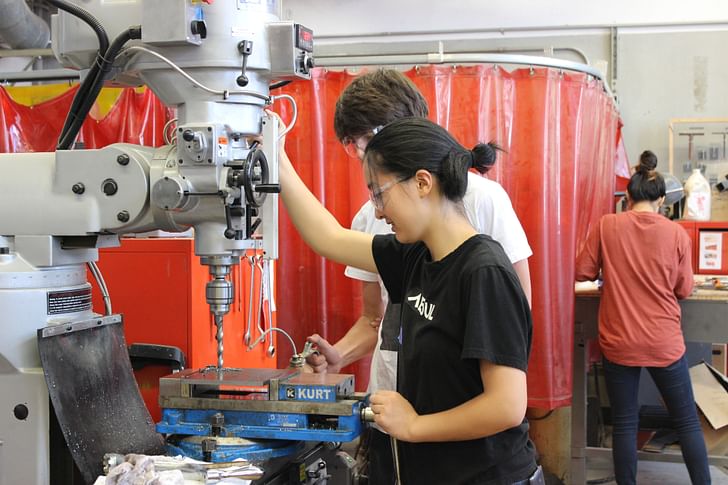
Amid everything we’ve discussed above, how do you balance architecture’s loftier, socially-focused goals with some of the more basic structural and life-safety requirements buildings must also embody?
This comes full circle to your first question: it is a false choice. We as practitioners must walk and chew gum at the same time, must care about pressing large-scale social and climate needs while simultaneously honoring our oath to protect public health and welfare, because really they are the same exact issue just at different scales. For example, a structurally sound building that doesn’t help protect the environment isn’t protecting the public welfare.
As a closing thought, this raises what I believe to be one of the central pedagogical challenges for schools of professional practice today: many of our young people, for deeply understandable reasons, are impatient to see large-scale structural change in our environment and our economy, yet the demands of becoming a good practitioner who must protect public welfare requires tremendous patience, often decades of work. Helping students who chose to be part of our professional disciplines to confront and reconcile this question is something to which I most look forward.
Antonio is a Los Angeles-based writer, designer, and preservationist. He completed the M.Arch I and Master of Preservation Studies programs at Tulane University in 2014, and earned a Bachelor of Arts in Architecture from Washington University in St. Louis in 2010. Antonio has written extensively ...
12 Comments
Speaking of false choices, i wonder what he was doing repping the Chase teardown of 270 Park aka Union Carbide building in NYC. The false choice represented by developers -- there is no expansion without tear down. PAUs work is pretty good for a developer, but not good enough for an architect.
Does he really think he difference between East and West coast pedagogy is the influence of their proximity to Ancient Greece and Rome? Doesn't he know modernism eviscerated the teaching of historical forms, east, west and all around? Then there's the question of whether schools should prepare students explicitly for professional practice. What else are schools for but to teach what they advertise. Never the less, many of those old classicists like Vitruvius and Alberti would have recommended the the widest possible liberal arts education to fully prepare them for practice. And this would be known, if... history was taught in school as something more than a relic in a museum. There's nothing more modern than to draw from as wide a cultural sampling as one has access to in pursuit of their science or art.
Free from the shackles of euro-centrism.
That's like saying a musician should be free from the shackles of the Mississippi Delta Blues. Poppycock
The wokest developer
VC claimed that McKim was racist because Penn Station had a stairway entrance. Apparently architecture that doesn’t doesn’t fit my agenda is racist now... enjoy this garbage coming out of Berkeley ...
free from the shackles of Euro-centricism
This talk is just tedious, largely because the accusers never say anything other than throw out this trendy catch phrase. Western civ, at its best, over the millennia has expended great energy in criticizing and amending itself in meaningful discussion. And it has tried to adapt itself and adopt those ideas for people who, surprise, live in the west.
What exactly can be learned from other cultures? How can this knowledge be integrated into our lives? I'm all for it, but I haven't seem much substantial here.
And what, exactly, is non Euro-centric about his projects?
I commend not taking a Euro-Centrist view if that means fighting for social justice. But learning from an idea that might have originated or first come to light in Europe doesn't make it Eurocentric. Sometimes an idea's success is due to its universal appeal, regardless of style.
500 years of globalization and modernity have created too many cross-influences and cultural hybrids for a non-West or non-eastern or euro-centric to have any meaning. Communism started in Germany and American modernism started in Japan. All of this is just woke PR for some corporate development. Let’s get to some substantial critique
seriously, why can't I be a dean?
You can!
I hereby anoint you Dean of the School of Hard Knocks. You'd better start on your pompous statement-of-intent-cum-denunciation-of-all-things-that-have-gone-before.
pomp-ass!
You just said "cum-denunciation"
I can't follow that. you blew it!
Block this user
Are you sure you want to block this user and hide all related comments throughout the site?
Archinect
This is your first comment on Archinect. Your comment will be visible once approved.